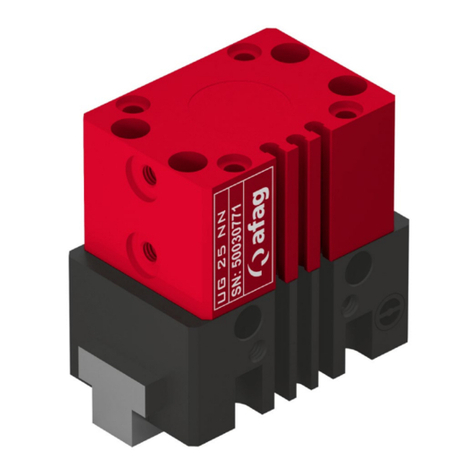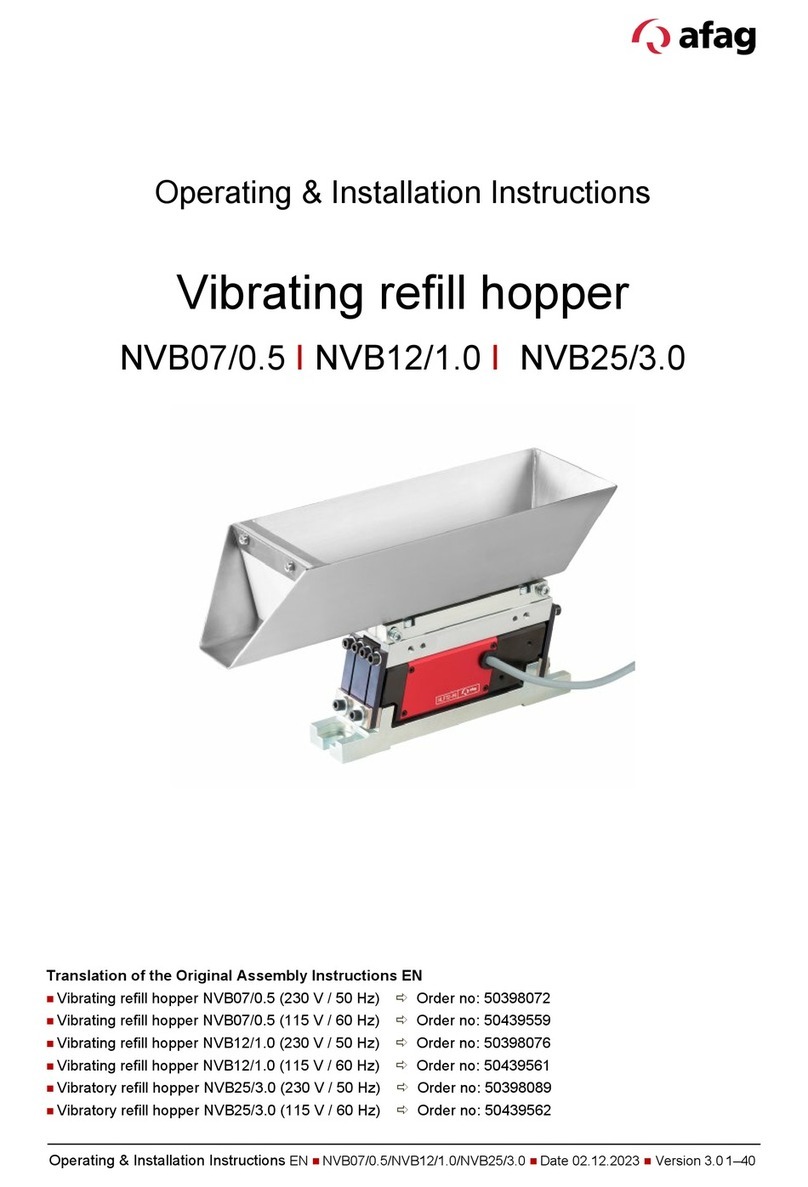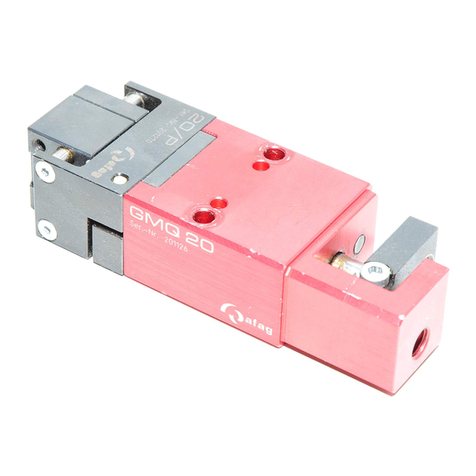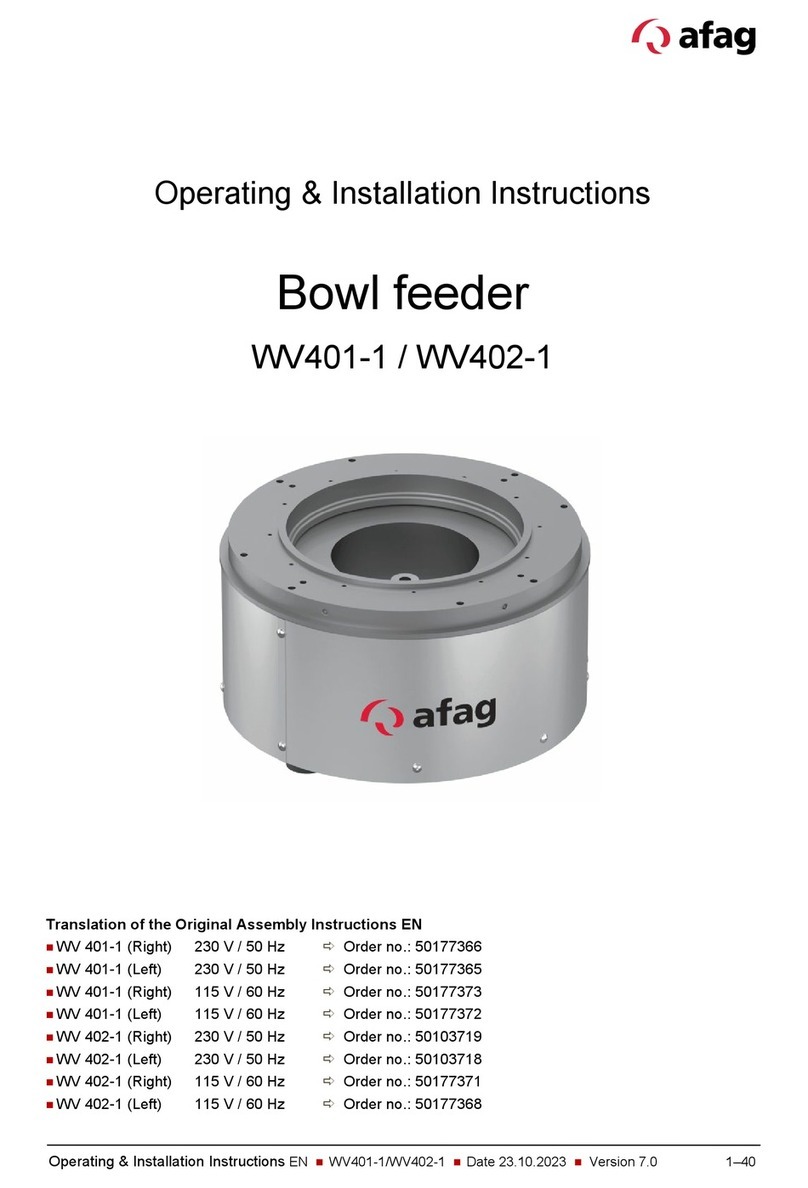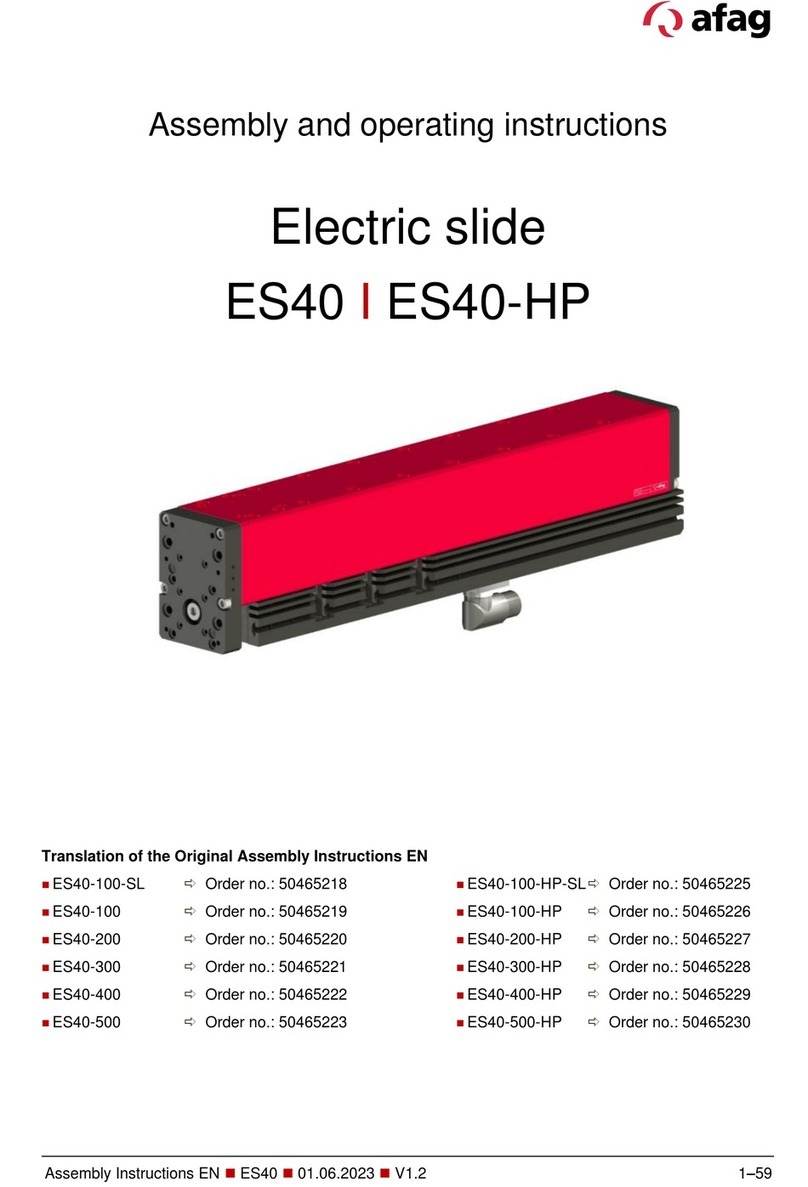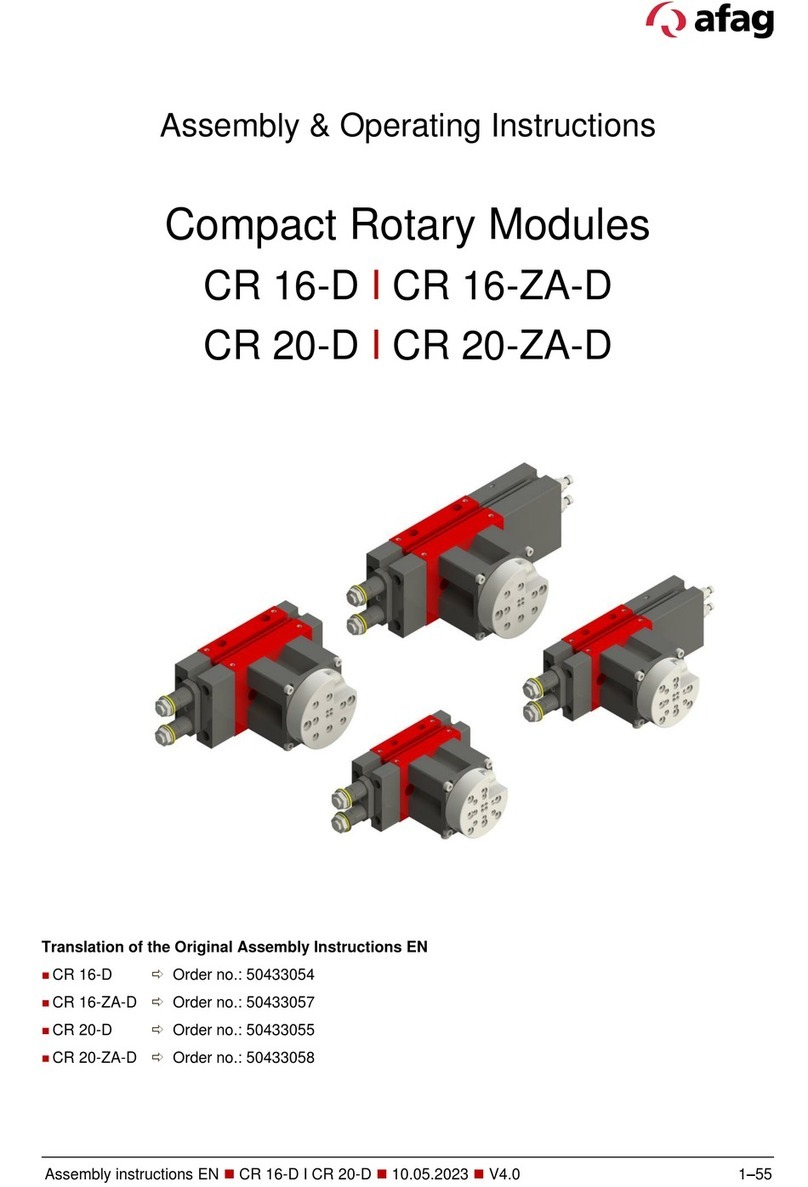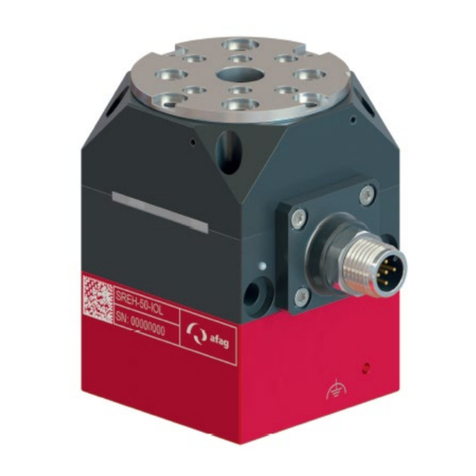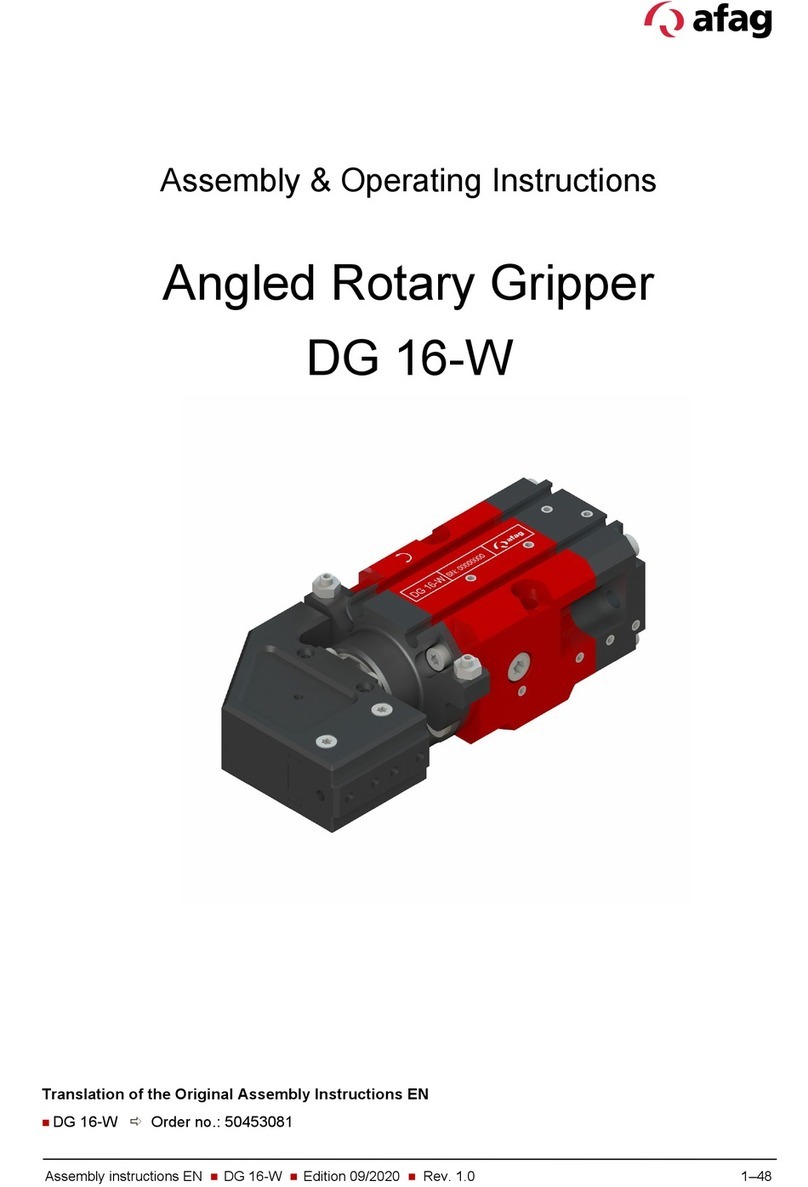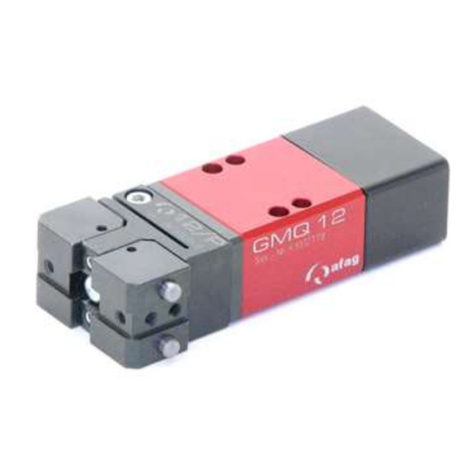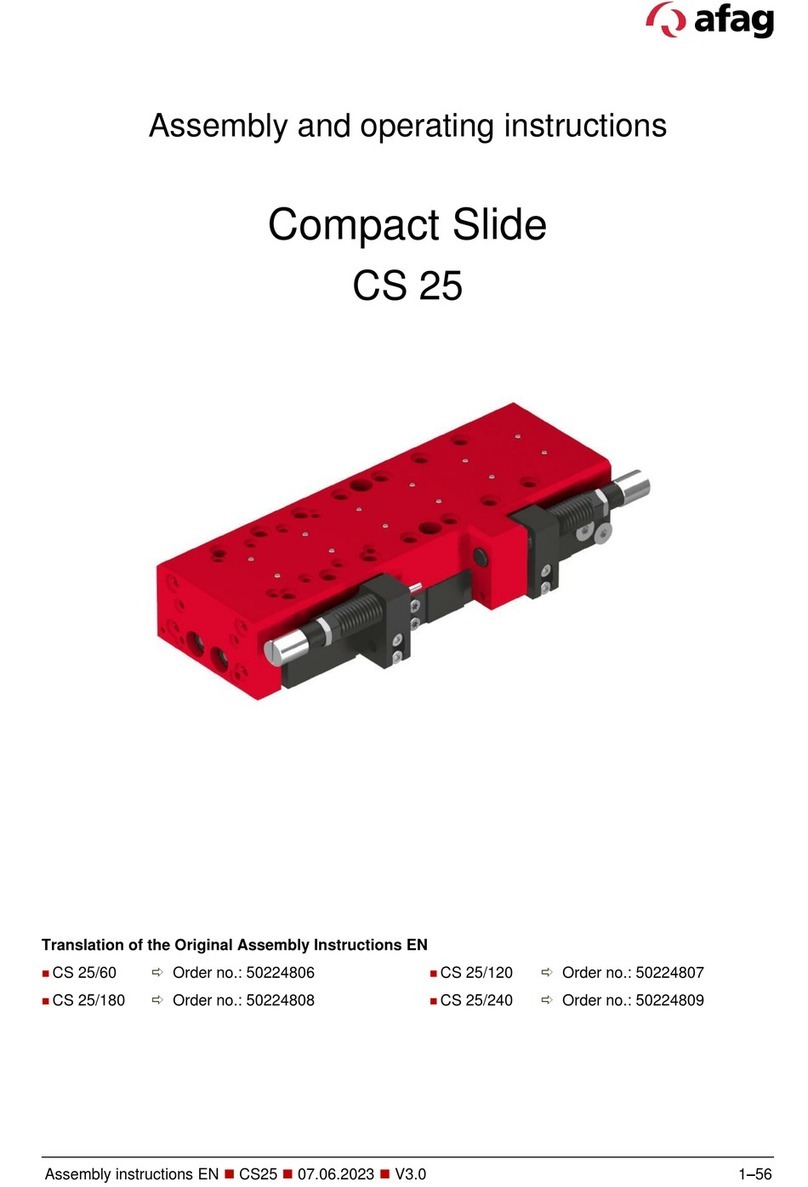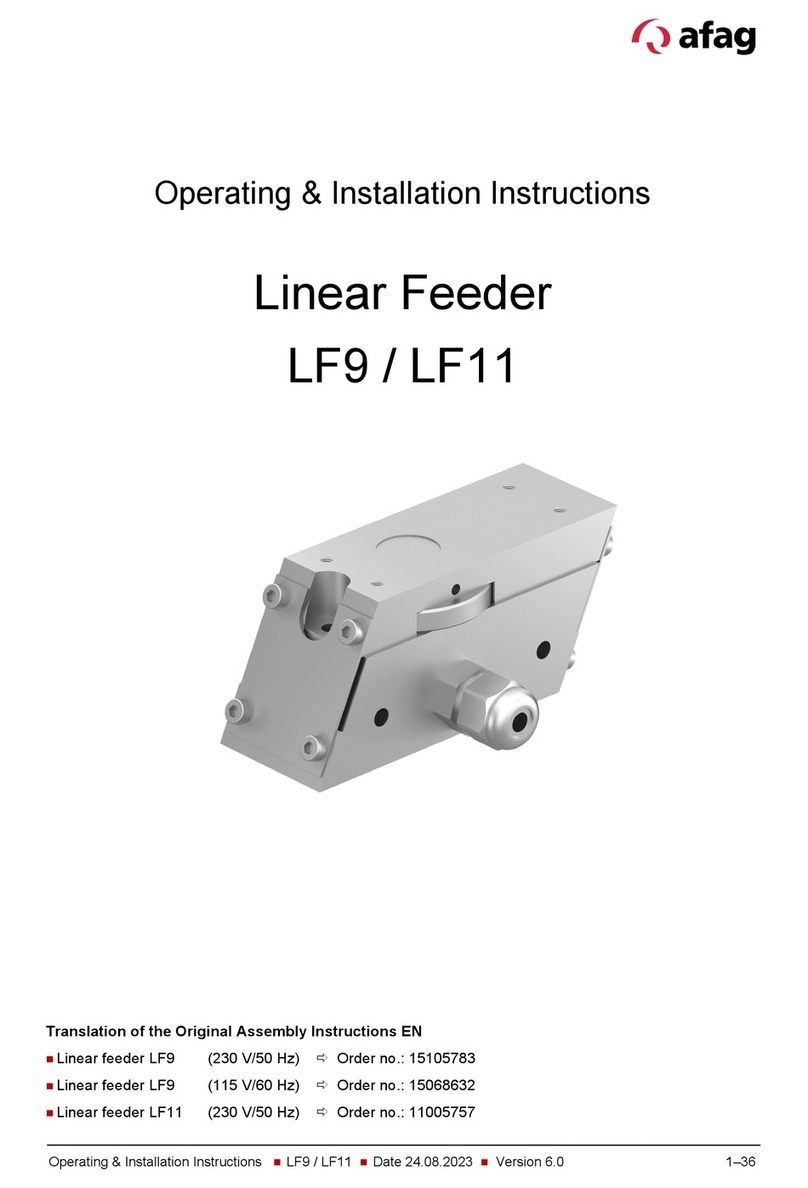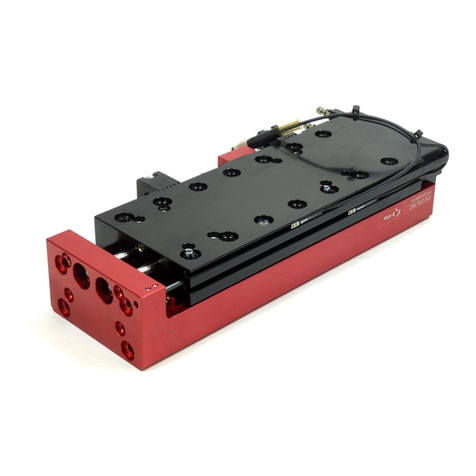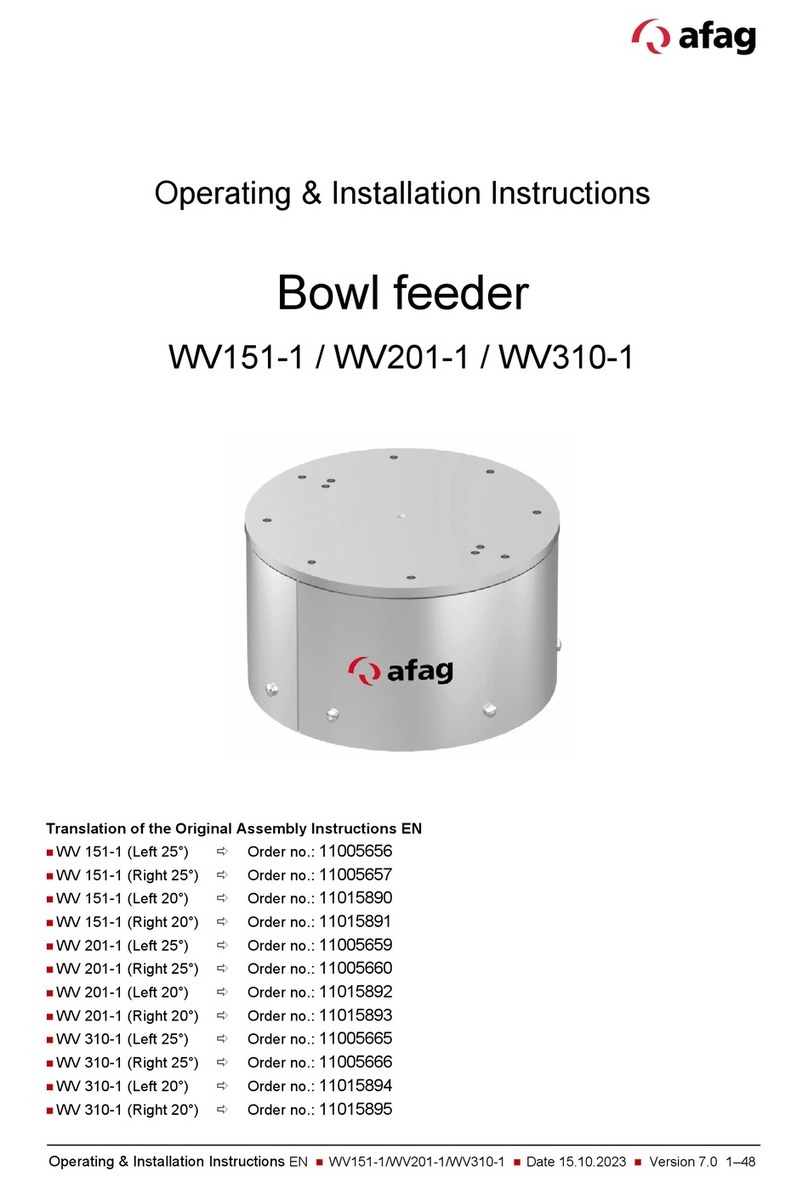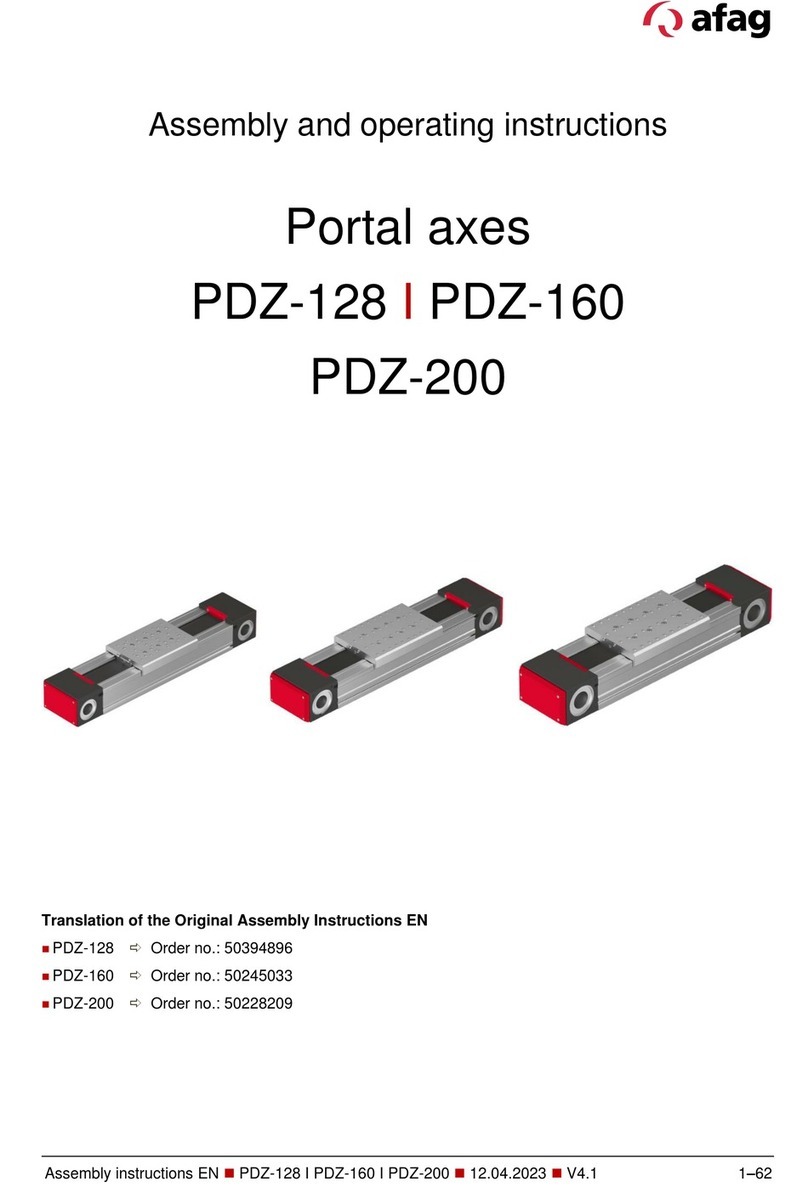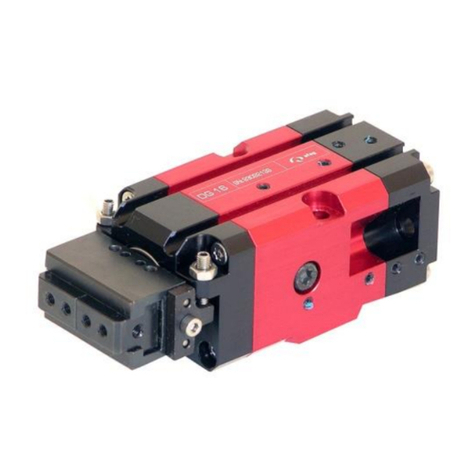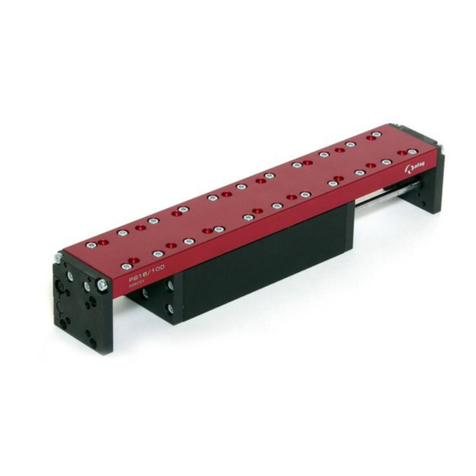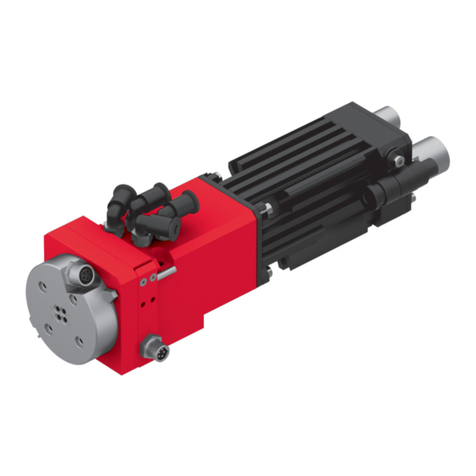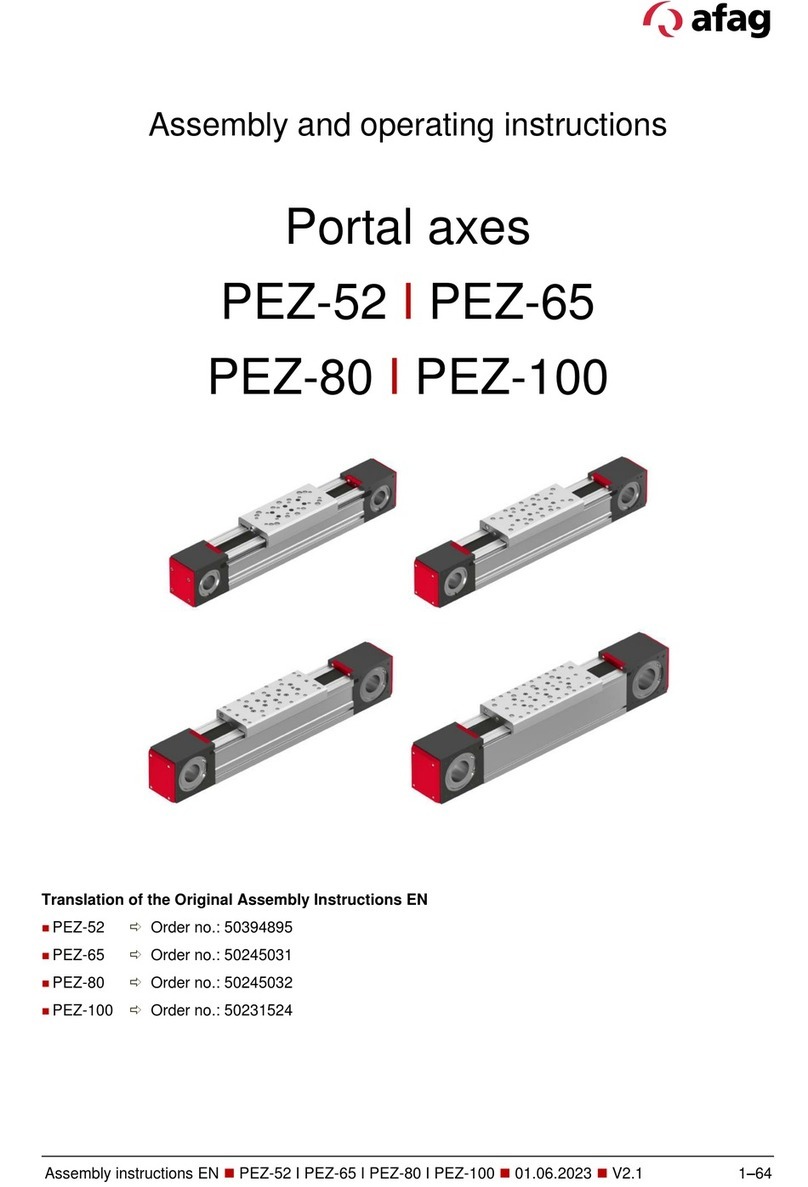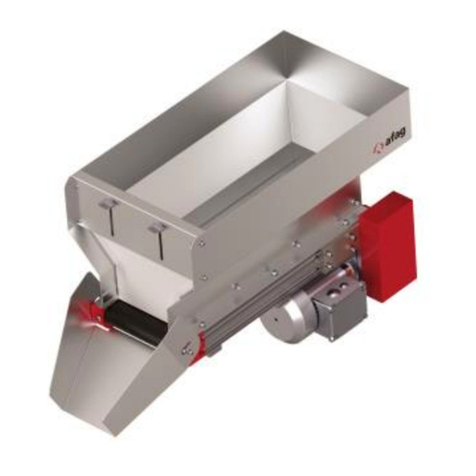
Operating & Installation Instructions EN IBB3.5/IBB6/IBB12/IBB25/IBB50 Date 02.12.2023 Version 2.0 3–40
Table of contents
1General .................................................................................................................... 5
1.1 Contents and purpose of this manual........................................................... 5
1.2 Explanation of symbols................................................................................. 5
1.3 Additional symbols........................................................................................ 6
1.4 Warranty ....................................................................................................... 7
1.5 Liability.......................................................................................................... 7
2Safety instructions................................................................................................. 8
2.1 General ......................................................................................................... 8
2.2 Intended use ................................................................................................. 8
2.3 Foreseeable misuse ..................................................................................... 9
2.4 Obligations of the operator and the personnel ............................................. 9
2.4.1 Follow these instructions ........................................................................ 9
2.4.2 Obligations of the operating company.................................................... 9
2.4.3 Obligations of the personnel ................................................................ 10
2.5 Personnel requirements ............................................................................. 10
2.5.1 Personnel qualification ......................................................................... 10
2.6 Personal protective equipment (PPE) ........................................................ 11
2.7 Changes & Modifications............................................................................ 11
2.8 General hazards / residual risks................................................................. 11
2.8.1 General hazards at the workplace ....................................................... 11
2.8.2 Danger due to electricity ...................................................................... 13
2.8.3 Mechanical hazards ............................................................................. 13
2.8.4 Noise hazards ...................................................................................... 13
3Technical data ...................................................................................................... 14
3.1 Dimensional drawing IBB3.5 / IBB6 ........................................................... 14
3.2 Technical data IBB3.5 / IBB6 ..................................................................... 15
3.3 Dimensional drawing IBB12 / IBB25 / IBB50.............................................. 16
3.4 Technical data IBB12 / IBB25 / IBB50........................................................ 17
3.5 Accessories ................................................................................................ 17
3.5.1 Mounting parts...................................................................................... 17
3.5.2 Controller.............................................................................................. 17
4Transport, packaging and storage ..................................................................... 18
4.1 Safety instructions ...................................................................................... 18
4.2 Scope of supply .......................................................................................... 18
4.3 Transport .................................................................................................... 19
4.4 Packaging ................................................................................................... 19
4.5 Storage ....................................................................................................... 19
5Design and description ....................................................................................... 20
5.1 Structure of the conveyor belt hopper IBB ................................................. 20
